Year 7
The proficiency strands understanding, fluency, problem-solving and reasoning are an integral part of mathematics content across the three content strands: number and algebra, measurement and geometry, and statistics and probability. The proficiencies reinforce the significance of working mathematically within the content and describe how the content is explored or developed. They provide the language to build in the developmental aspects of the learning of mathematics. The achievement standards reflect the content and encompass the proficiencies.
At this year level:
- understanding includes describing patterns in uses of indices with whole numbers, recognising equivalences between fractions, decimals, percentages and ratios, plotting points on the Cartesian plane, identifying angles formed by a transversal crossing a pair of lines, and connecting the laws and properties of numbers to algebraic terms and expressions
- fluency includes calculating accurately with integers, representing fractions and decimals in various ways, investigating best buys, finding measures of central tendency and calculating areas of shapes and volumes of prisms
- problem-solving includes formulating and solving authentic problems using numbers and measurements, working with transformations and identifying symmetry, calculating angles and interpreting sets of data collected through chance experiments
- reasoning includes applying the number laws to calculations, applying known geometric facts to draw conclusions about shapes, applying an understanding of ratio and interpreting data displays.
(source: www.australiancurriculum.edu.au)
Achievement Standard
By the end of Year 7, students solve problems involving the comparison, addition and subtraction of integers. They make the connections between whole numbers and index notation and the relationship between perfect squares and square roots. They solve problems involving percentages and all four operations with fractions and decimals. They compare the cost of items to make financial decisions. Students represent numbers using variables. They connect the laws and properties for numbers to algebra. They interpret simple linear representations and model authentic information. Students describe different views of three-dimensional objects. They represent transformations in the Cartesian plane. They solve simple numerical problems involving angles formed by a transversal crossing two lines. Students identify issues involving the collection of continuous data. They describe the relationship between the median and mean in data displays.
Students use fractions, decimals and percentages, and their equivalences. They express one quantity as a fraction or percentage of another. Students solve simple linear equations and evaluate algebraic expressions after numerical substitution. They assign ordered pairs to given points on the Cartesian plane. Students use formulas for the area and perimeter of rectangles and calculate volumes of rectangular prisms. Students classify triangles and quadrilaterals. They name the types of angles formed by a transversal crossing parallel line. Students determine the sample space for simple experiments with equally likely outcomes and assign probabilities to those outcomes. They calculate mean, mode, median and range for data sets. They construct stem-and-leaf plots and dot-plots.
(source: www.australiancurriculum.edu.au)
- Plus Plan
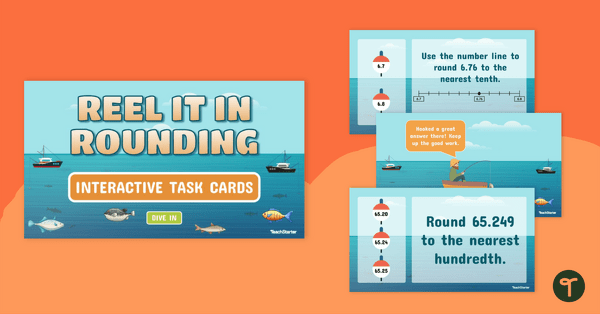
Reel It in Rounding With Decimals – Interactive Task Cards
Guide your students to tackle questions where they must round decimals to the nearest whole number, tenth and hundredth with this set of 24 interactive task cards.
- Plus Plan

Estimating Quotients Doodle Notes
Engage your students with this set of doodle notes when teaching them how to estimate quotients.
- Plus Plan
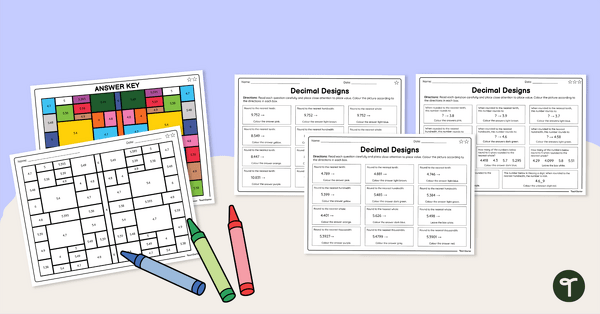
Decimal Designs – Differentiated Decimal Rounding Worksheet
Guide your students to round decimals to different places and create a beautiful design with this differentiated worksheet.
- Plus Plan
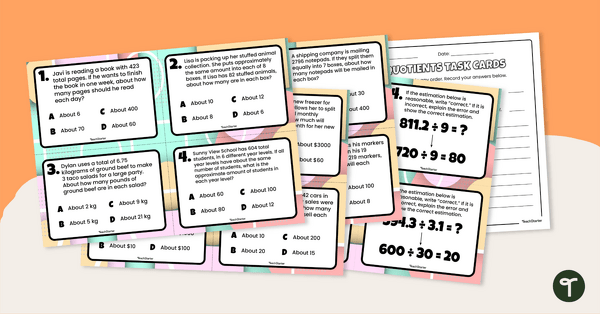
Estimating Quotients Task Cards
Give your students the opportunity to use rounding and compatible numbers to answer estimation questions with this set of 24 task cards.
- Plus Plan
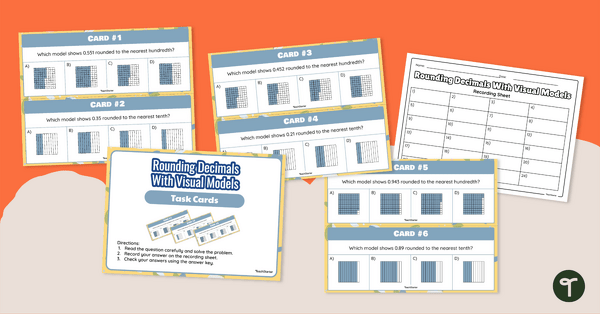
Rounding Decimals With Visual Models – Task Cards
Use these task cards to round decimals to the nearest tenth or hundredth and match each value with a corresponding decimal model.
- Plus Plan
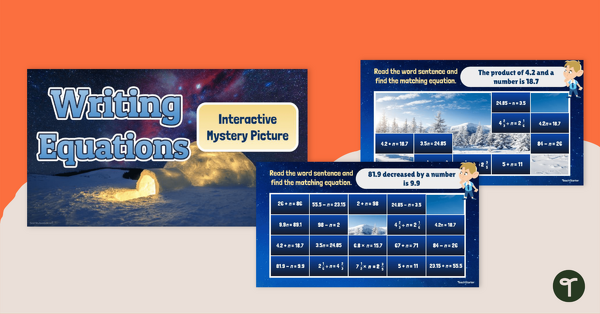
Writing Equations – Interactive Mystery Picture Reveal
Practise representing written statements as a single-variable equation with this self-checking interactive activity.
- Plus Plan
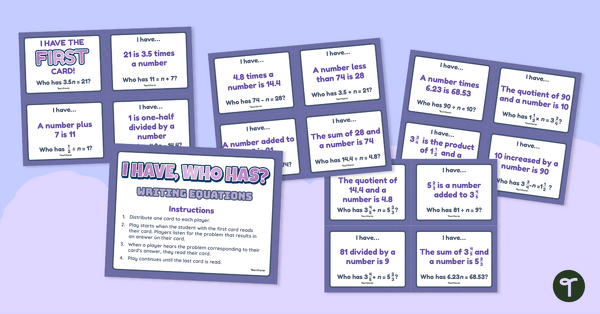
Writing Equations – I Have, Who Has? Game
Practise identifying word sentences for different equations with an exciting I Have, Who Has game.
- Plus Plan
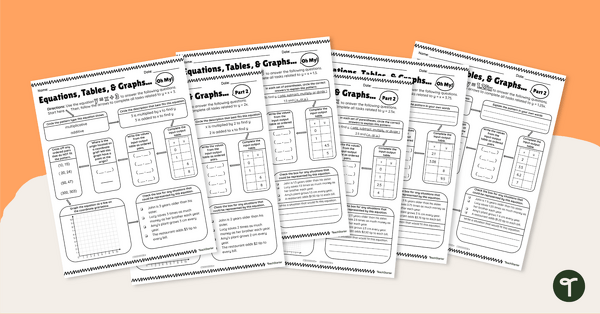
Equations, Tables, and Graphs, Oh My! – Differentiated Worksheets
Use these differentiated worksheets to practise using equations to create patterns within input-output tables and graphs.
- Plus Plan
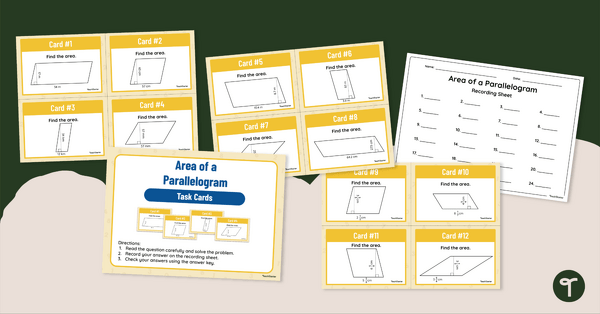
Area of a Parallelogram – Task Cards
Practise calculating the area of a parallelogram with this set of 24 task cards designed for year 7 students.
- Plus Plan
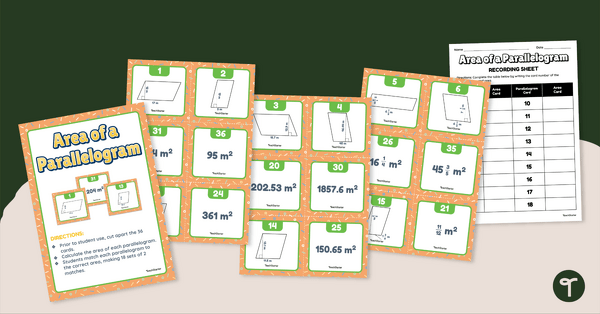
Area of a Parallelogram – Match-Up Activity
Calculate the area of parallelograms and match them with their corresponding areas with this match-up activity.
- Plus Plan
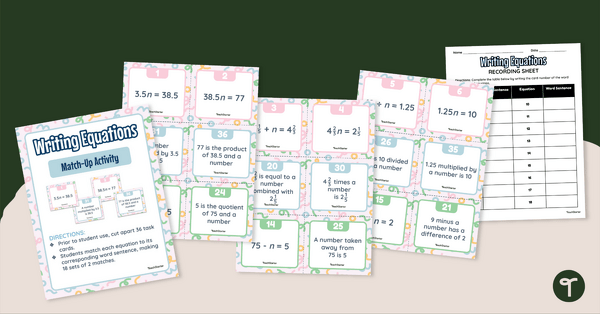
Writing Equations – Match Up Activity
Practise matching word sentences to equations with variables with this 36-card match-up activity.
- Free Plan
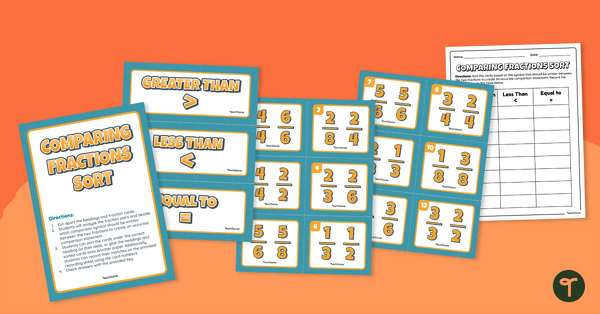
Comparing Fractions – Sorting Activity
Strengthen fraction comparison skills by sorting cards according to the inequality symbol that makes each statement true.
- Plus Plan
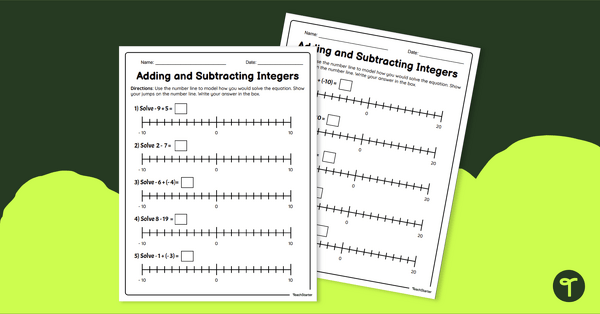
Adding and Subtracting Integers on Number Lines - Worksheet
Help your students learn to add and subtract integers on a number line with a printable adding and subtracting integers worksheet.
- Plus Plan

Number Talks – Adding and Subtracting Fractions with Unlike Denominators Task Cards
Explore addition and subtraction of fractions with your students using this set of 24 number talk task cards.
- Plus Plan

Number Talks – Decimal Operations Task Cards
Explore decimal operations with your students using this set of 26 number talk task cards.
- Plus Plan
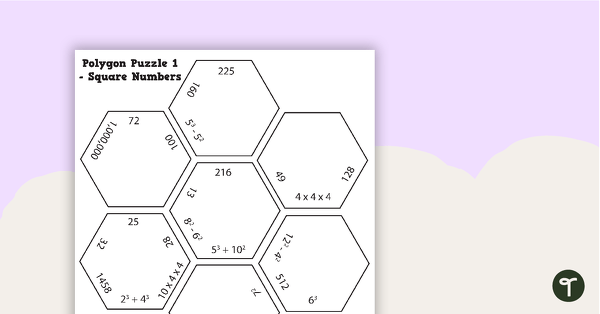
Polygon Puzzle - Index Notation with Answers
A puzzle involving index and expanded notation.
- Free Plan
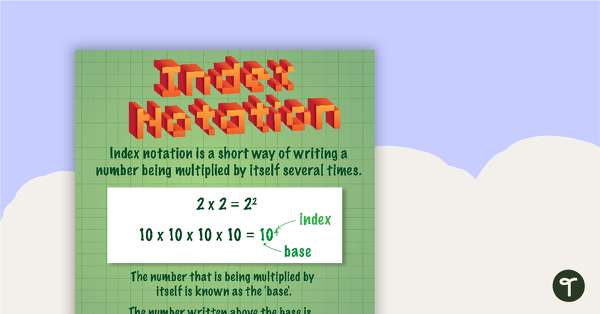
Index Notation Poster
A poster explaining index notation.
- Plus Plan
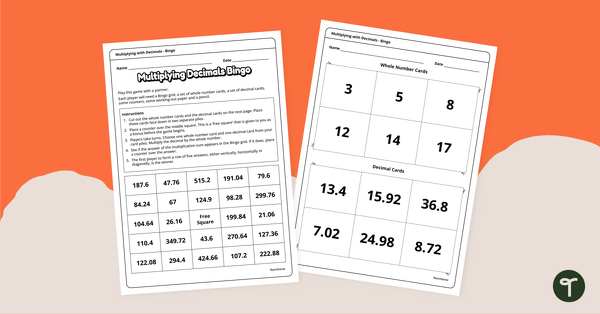
Multiplying with Decimals Bingo Game
Get your students multiplying decimals by whole numbers with this engaging Bingo game.
- Plus Plan
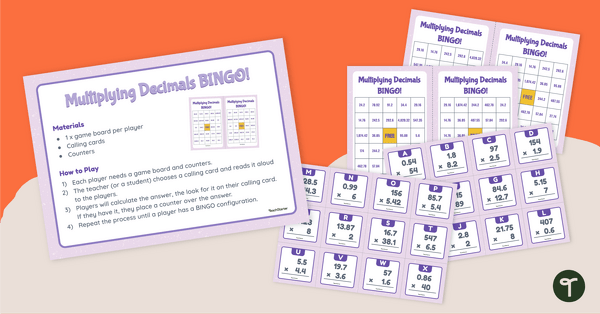
Multiplying Decimals Bingo
Solve for products of decimals to the hundredths place with a whole-class bingo game.
- Plus Plan
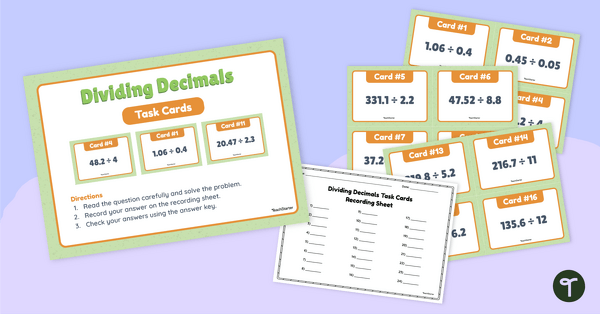
Dividing Decimals Task Cards
Sharpen decimal division skills with this set of 24 task cards.
- Plus Plan
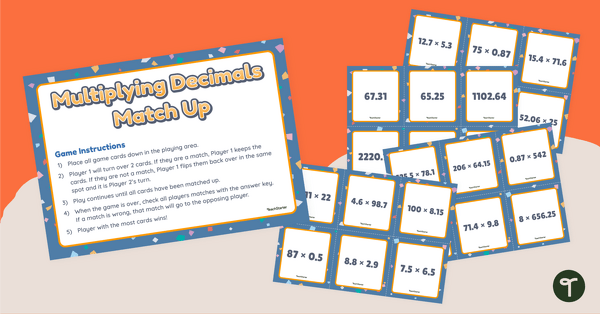
Multiplying Decimals Match-Up Activity
Get students multiplying decimals with this engaging card game, perfect for maths groups.
- Plus Plan
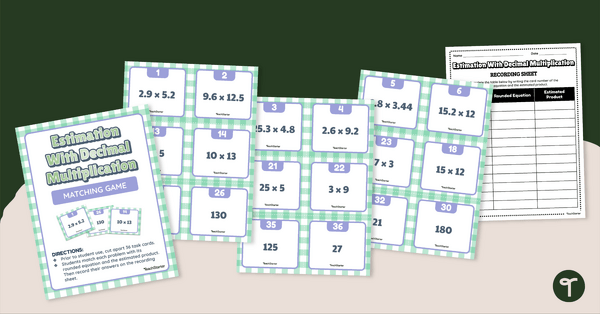
Estimation With Decimal Multiplication Matching Game
Guide your students to estimate products with decimals by using this 36-card matching game.
- Plus Plan
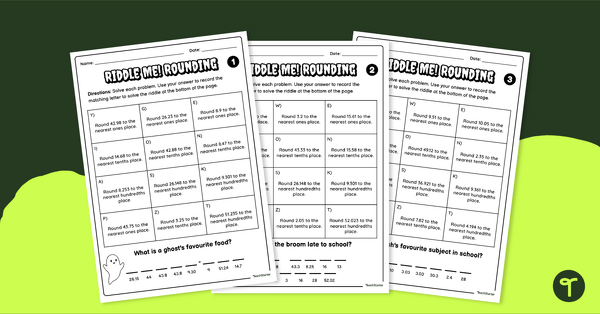
Halloween Rounding Decimals Worksheets
Have fun rounding decimals to the tenths and hundredths place with our Halloween Riddle worksheets!
- Plus Plan
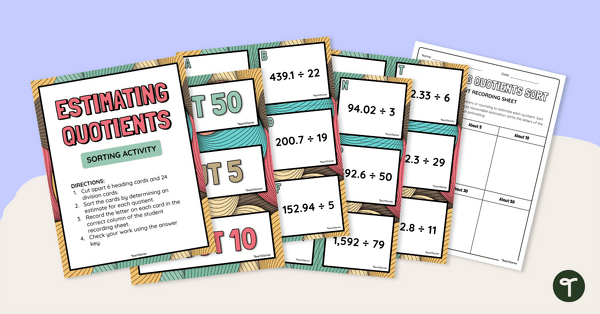
Estimating Quotients Sorting Activity
Guide your students to use rounding and compatible numbers when estimating quotients with this 24-card sorting activity.
- Plus Plan
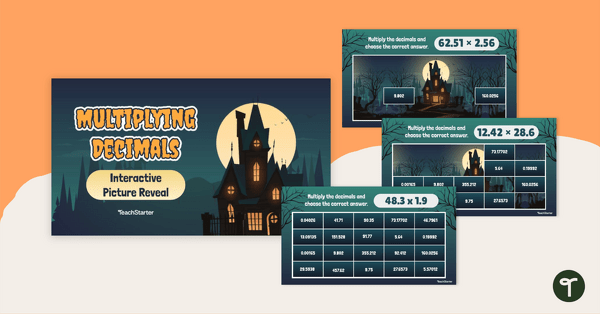
Multiplying Decimals – Interactive Picture Reveal (Halloween)
Sharpen your students' decimal multiplication skills with an interactive Halloween picture reveal.
- Plus Plan
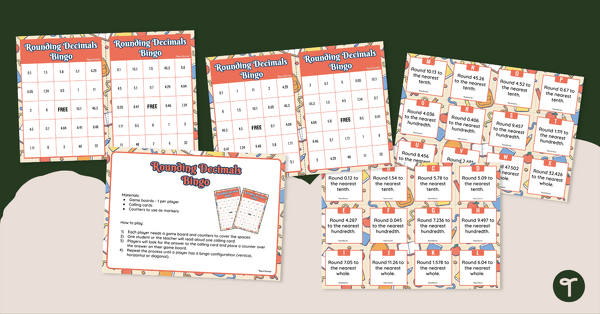
Rounding Decimals Bingo
Review how to round decimals to the nearest whole, tenth and hundredth with a whole-class bingo game.
- Plus Plan
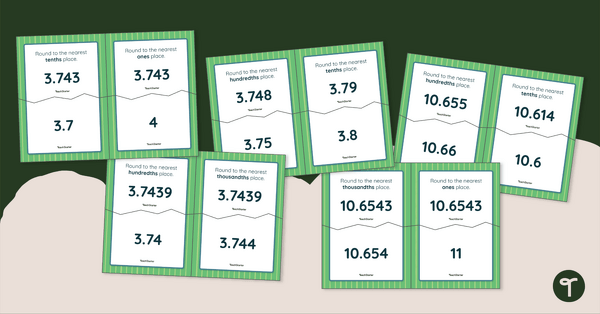
It's a Match! – Rounding With Decimals Puzzle
Practise rounding decimals up to the thousandths place with 34 puzzle pair matching pieces.
- Plus Plan
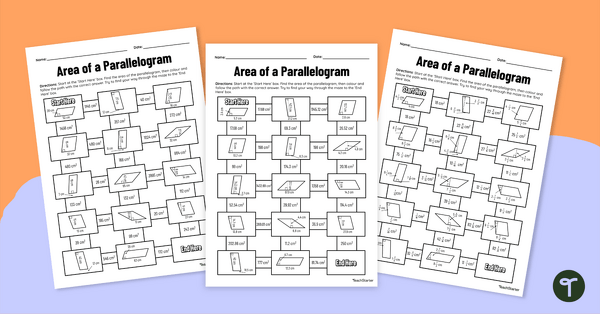
Area of a Parallelogram – Differentiated Maths Mazes
Determine the area of different parallelograms with a set of differentiated maths mazes.
- Plus Plan
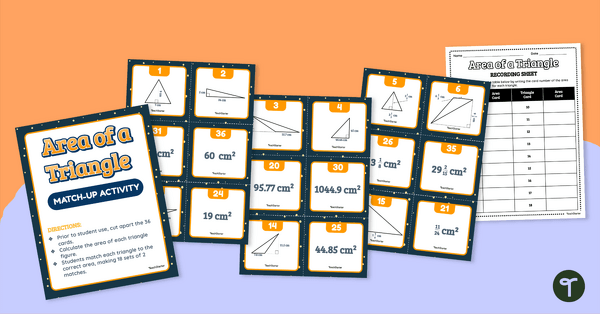
Area of a Triangle – Match-Up Activity
Calculate the area of triangle figures and match them with their corresponding areas with this match-up activity.
- Plus Plan
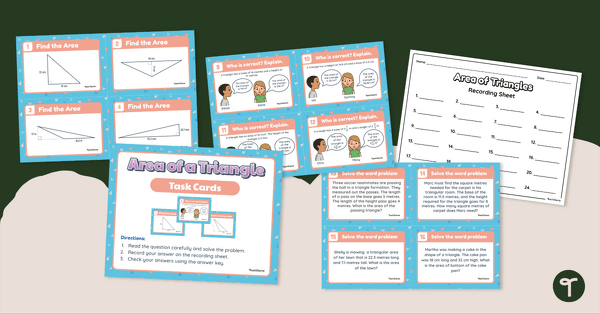
Area of a Triangle – Task Cards
Use multiplication and division skills to determine the area of a triangle with this set of 24 task cards.
- Plus Plan
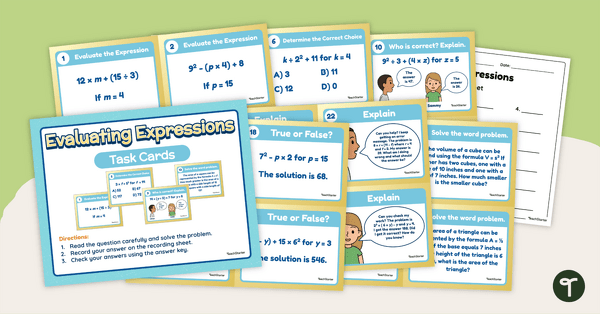
Evaluating Expressions – Task Cards
Use this set of 24 task cards to practise evaluating expressions with a single variable.
- Plus Plan
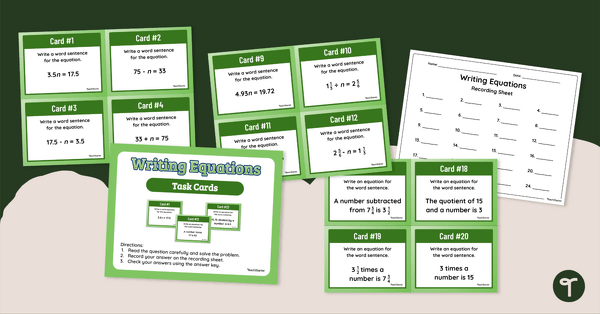
Writing Equations – Task Cards
Practise writing an equation to represent a situation with this set of 24 task cards.